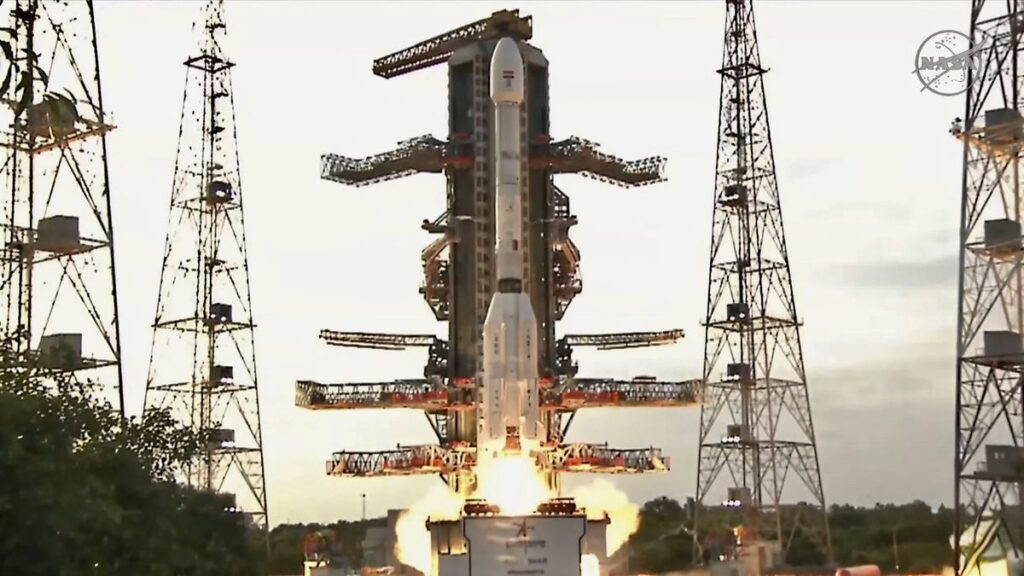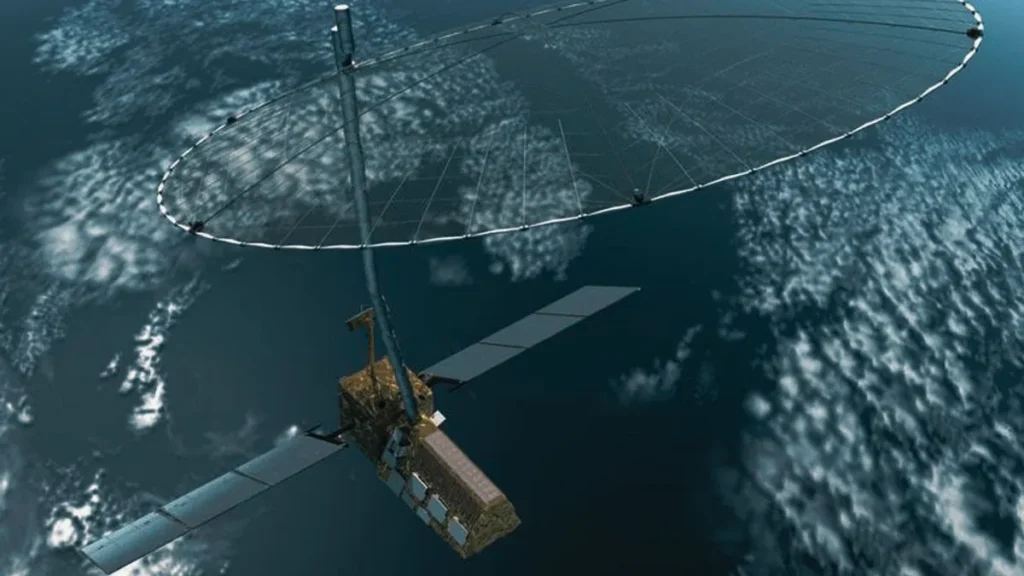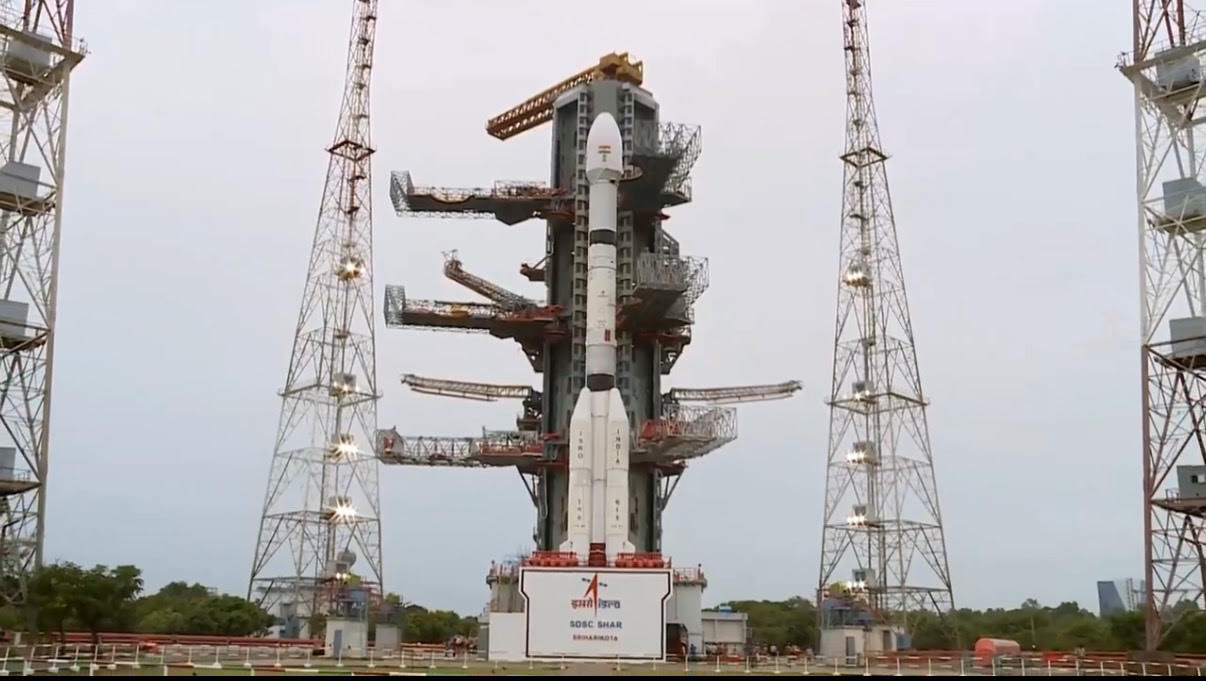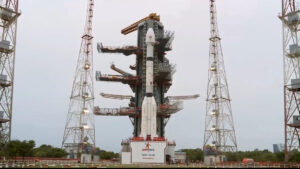Space exploration has once again reached a new milestone, and this time it’s a joint achievement between India and the United States. NASA–ISRO Radar Antenna Successfully Deployed. The World’s Largest Radar Antenna in SpaceNASA and ISRO (Indian Space Research Organisation) have successfully deployed the world’s largest radar antenna in orbit as part of the NISAR mission (NASA-ISRO Synthetic Aperture Radar). Orbiting about 460 miles (740 kilometers) above Earth, this satellite promises to revolutionize the way we study our planet.

The antenna, an impressive 33 feet wide, is the biggest ever deployed in space. This historic step not only strengthens the NASA–ISRO partnership but also pushes the boundaries of what’s possible in Earth observation technology.
What is the NISAR Mission?
NISAR is more than just a satellite; it’s a scientific marvel designed to capture high-resolution, all-weather, day-and-night imagery of Earth. Its primary objectives include:
- Tracking climate change and its impact on the environment
- Studying natural disasters like earthquakes, floods, tsunamis, and landslides
- Monitoring agriculture and soil moisture
- Observing forests, glaciers, and ocean changes
- Recording even the tiniest shifts on Earth’s surface at the millimeter level
This makes NISAR a game-changer not only for scientists but also for policymakers, farmers, and disaster management agencies worldwide.
Unique Features of the Radar Antenna
What makes the NASA–ISRO Radar Antenna truly special?

- World’s largest in orbit – a massive 33-foot deployable antenna
- Equipped with Synthetic Aperture Radar (SAR) technology
- Works day and night, unaffected by weather conditions like rain or clouds
- Can detect minute movements of Earth’s crust and surface changes
This cutting-edge technology ensures that no matter what the conditions are, NISAR can deliver clear, reliable data.
NASA–ISRO Partnership: A Global Example
The NISAR mission is a perfect example of how international collaboration in science can bring groundbreaking results.
- NASA has contributed advanced radar systems and technical expertise.
- ISRO has provided the satellite bus, the launch vehicle, and several key components.
- The mission was launched from Sriharikota, India using ISRO’s trusted GSLV Mk-II rocket.
Together, the two agencies have set a new benchmark for space research partnerships.
Why is NISAR So Important?
The importance of the NASA–ISRO Radar Antenna can’t be overstated. Here’s why it matters to all of us:
- Disaster Preparedness
By monitoring earthquakes, floods, and landslides, NISAR will help provide early warnings, potentially saving thousands of lives. - Agriculture Benefits
Farmers and governments will get precise data on soil moisture, crop conditions, and water resources, leading to smarter farming decisions. - Climate Change Insights
With accurate observations of glaciers melting, sea levels rising, and forest cover changes, NISAR will be a crucial tool in fighting climate change. - Environmental Protection
Deforestation, urban expansion, and changes in natural ecosystems can be tracked more effectively than ever.
A Step Toward the Future
At a time when the world is grappling with climate crisis, global warming, and frequent natural disasters, the NASA–ISRO Radar Antenna brings hope. It represents how technology, when combined with international cooperation, can work for the greater good of humanity.
NISAR is not just about collecting data—it’s about protecting lives, supporting sustainable development, and ensuring that our future generations inherit a safer, healthier planet.
Conclusion
The successful deployment of the NASA–ISRO Radar Antenna is a proud moment not only for India and the United States but for the entire world. It’s a powerful reminder that when nations come together, the results can be historic.
With NISAR, the future of Earth observation looks brighter than ever. From monitoring climate change to protecting communities from disasters, this mission has the potential to change how we understand and protect our planet.
Related Post:
India’s Gaganyaan Mission: Shubhanshu Shukla to Make Space History After 41 Years
Share this:
- Click to share on Facebook (Opens in new window) Facebook
- Click to share on X (Opens in new window) X
- Click to email a link to a friend (Opens in new window) Email
- Click to share on Telegram (Opens in new window) Telegram
- Click to share on Threads (Opens in new window) Threads
- Click to share on WhatsApp (Opens in new window) WhatsApp








